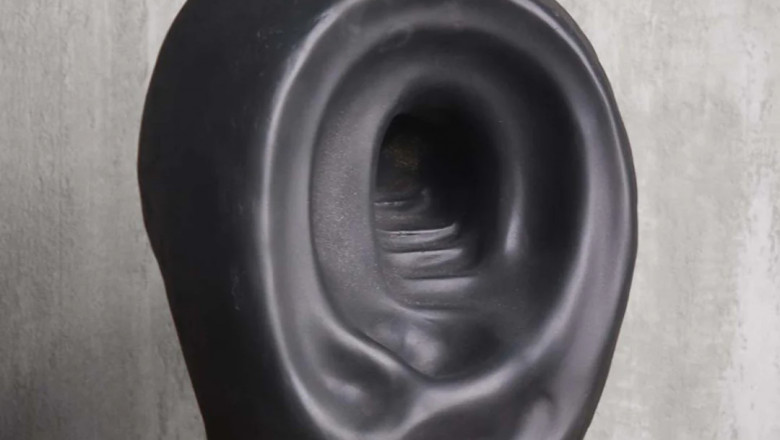views
Abstract Sculpture is a dynamic and expressive art form that moves beyond literal representation to explore shapes, textures, and emotions in a non-representational way. Unlike traditional sculptures that depict recognizable figures, abstract sculptures focus on form, movement, and the interplay of materials, allowing for limitless creative interpretation.
What Is Abstract Sculpture?
Abstract sculpture is an artistic expression that does not attempt to represent reality directly. Instead, it conveys ideas, emotions, and concepts through:
-
Geometric and Organic Forms – Sculptures may feature sharp, structured lines or fluid, natural curves.
-
Material Exploration – Artists use metals, wood, stone, glass, and even digital media to create unique pieces.
-
Negative Space and Balance – The relationship between solid structures and open space is crucial in defining the aesthetic of abstract sculpture.
-
Symbolic Representation – While not depicting literal subjects, abstract sculptures often evoke feelings, movement, or philosophical ideas.
The Evolution of Abstract Sculpture
Abstract sculpture emerged in the early 20th century as artists sought to break away from traditional artistic norms. Influenced by movements such as Cubism, Futurism, and Surrealism, abstract sculptors experimented with form and material in unprecedented ways. Pioneering artists like Constantin Brâncuși, Henry Moore, and Barbara Hepworth pushed the boundaries of traditional sculpture, leading to the diverse and innovative styles seen today.
Characteristics of Abstract Sculpture
1. Non-Representational Forms
Unlike figurative sculptures, abstract sculptures do not directly depict people, animals, or objects but instead focus on form and composition.
2. Emphasis on Materiality
The choice of materials—such as bronze, steel, wood, or glass—plays a key role in defining the sculpture's texture, weight, and interaction with light and space.
3. Experimentation with Space
Many abstract sculptures challenge traditional spatial relationships, using negative space and asymmetry to create dynamic compositions.
4. Emotional and Conceptual Depth
Abstract sculptures evoke emotions, ideas, and interpretations that are unique to each viewer, making them highly subjective art pieces.
Types of Abstract Sculpture
1. Geometric Abstraction
Uses sharp lines, angles, and precise forms to create visually striking sculptures.
2. Organic Abstraction
Features fluid, curvilinear shapes inspired by nature, such as waves, clouds, and biological forms.
3. Minimalist Sculpture
Reduces form to its essential elements, focusing on simplicity and space.
4. Kinetic Sculpture
Incorporates movement, either mechanically or through natural forces like wind.
5. Interactive and Digital Sculpture
Uses modern technology such as augmented reality, light, and digital projections to create immersive experiences.
The Impact of Abstract Sculpture in Modern Spaces
Abstract sculptures have found their place in public spaces, galleries, and architectural designs. Cities often use large-scale abstract sculptures to enhance cultural identity and artistic engagement. Corporate buildings, museums, and urban landscapes integrate abstract sculptures to create thought-provoking and visually engaging environments.
How to Appreciate Abstract Sculpture
-
Observe the Materials and Texture – Pay attention to how different materials interact with light and space.
-
Interpret the Composition – Look at the balance, symmetry, and movement within the piece.
-
Consider Emotional Responses – Abstract sculptures are open to personal interpretation, evoking different feelings and perspectives for each viewer.
-
Engage with the Surroundings – Notice how the sculpture interacts with its environment, whether indoors or outdoors.
Conclusion
Abstract sculpture is a powerful and expressive art form that transcends traditional representation. By focusing on shape, texture, and conceptual ideas, it allows artists to push creative boundaries and viewers to engage with art in a deeply personal way. Whether found in galleries, public spaces, or modern architecture, abstract sculptures continue to shape and inspire the world of contemporary art.
















![[1 (888) 326-1024] How to Get in Touch with Expedia 24/7 Support Team: Phone, Email, and Chat Options](https://timessquarereporter.com/public/upload/media/posts/2025-06/01/1-888-326-1024-how-to-get-in-touch-with-expedia-24-7-support-team-phone-email-and-chat-options_1748757002-s.jpg)





Comments
0 comment